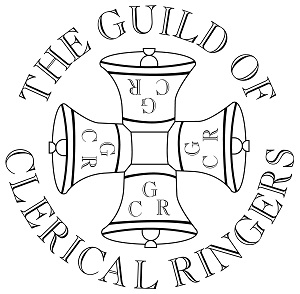Conflict and reconciliation
In the middle of November, I was part of a group of clergy on a experiential learning programme in Berlin, visiting places involved in peace and reconciliation. We were talking to people about how they acknowledge the city’s difficult history, while also building a culture of openness and collaboration that will ensure a peaceful future.
Perhaps the most famous bells of Berlin are the six bells in the new campanile at the Kaiser Wilhelm Memorial Church. They were specially cast and brought to Berlin when the bombed-out shell of the church was redeveloped after the Second World War. They now ring out over the narthex of the old church, which is still standing and used as an exhibition space, over the new church, and at this time of year over one of the largest Christmas markets in the city on Kurfürstendamm. The imposing architecture of the new church, and the loud, sombre tone of the new bells, seemed to acknowledge the pain of the past but also reflect a confidence in a brighter future. We were told of plans to expand the visitor centre on the site and open up more of the old church for public viewing. It seemed to me that this was a community which had, to some extent, come to terms with its past and wanted to tell its story for the benefit of present and future generations.
But there was another set of bells that caught my attention, in a different part of the city. There is a chapel of reconciliation to the north of the city centre, which stands on the site of a church that was enclosed by the Berlin Wall. The church was inaccessible to both East and West Berlin, and was eventually demolished by order of the government of the GDR. Outside the chapel is a cage in which are hung three of the bells of the original church, on the site of its former tower. They would be easily missed even to visitors of the chapel, although the fresh strike marks seemed to indicated that they are still rung on occasion.
The chapel’s ministry seemed to me much more conflicted than that of the Memorial Church. It struggled with a story where it was never clear who was the oppressor and who was the victim. Above all, it honours the memory of 140 people killed on the Berlin Wall, and still recounts their stories during the short daily service of reconciliation. Instead of confidence and ambition, the chapel seemed to reflect cautious optimism with an air of uncertainty, anxiety and lament.
Both of the churches in their own way offered a model of reconciliation which managed to explore the pain of conflict, as well as allow people to take responsibility for their own actions, without apportioning blame in a way that would only entrench further division. This was a lesson which I found helpful when we look at the rise of conflict and aggression in the world at the moment. And I was encouraged to note that the sounds of the church’s bells were still used in both places to give voice to that ministry of reconciliation.
Max Drinkwater
